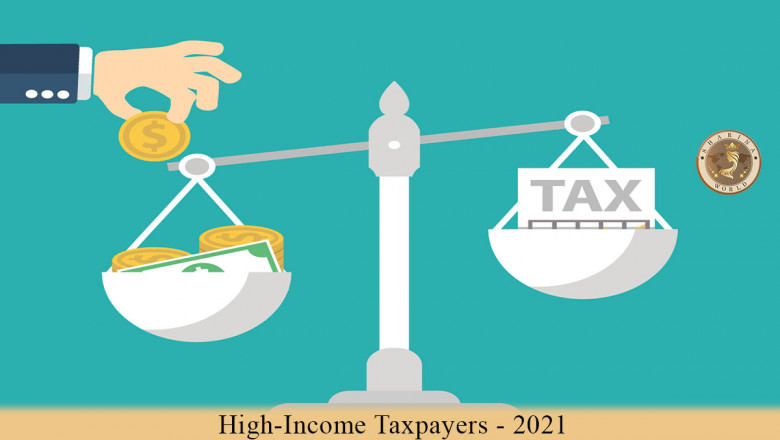views

High-Income Taxpayers - 2021 | Best Guide - CPA Clinics
In addition to being subject to higher federal tax rates, taxpayers whose income exceeds certain levels have tax deductions and credits that are reduced or eliminated.
The provisions listed may have additional qualifications and restrictions. Other provisions of the tax code, such as fringe benefit limitations and taxation on the sale of a principal residence, may further restrict a taxpayer’s ability to take deductions or cause the taxpayer to pay additional tax. Ask your tax professional for more details.
Taxes paid. The itemized deduction for state and local taxes is limited to $10,000 ($5,000 MFS). Foreign real property taxes are not deductible.
Home mortgage interest. A taxpayer may treat no more than $750,000 as acquisition indebtedness ($375,000 MFS). The $1,000,000 ($500,000 MFS) limitation continues to apply for any indebtedness incurred prior to December 15, 2017. The deduction for home equity indebtedness (other than debt for acquisition or improvement) is not allowed.
Personal exemptions. The deduction for personal exemptions is suspended for tax years 2018 through 2025.
IRA Individual Contribution Limits
If an individual is an active participant in an employer-sponsored pension plan, the deduction for a traditional IRA contribution is phased out when MAGI is between the following.
If the individual is not an active participant, but the spouse is, the non-active participant’s deduction is phased out when modified AGI is between the following.
Roth IRA Phaseouts
*MFS and did not live with spouse during the year.
A nonrefundable credit of up to $500 is allowed for dependents other than a qualifying child for the Child Tax Credit.
The employee portion of the hospital insurance (Medicare) tax is increased by an additional tax of 0.9% on wages received in excess of the threshold amount. However, unlike the general 1.45% hospital insurance (Medicare) tax on wages, this additional tax is on the combined wages of the employee and the employee’s spouse, in the case of a joint return.
Individuals. The tax is 3.8% on the lesser of net investment income or the excess of modified adjusted gross income over the threshold amount.












